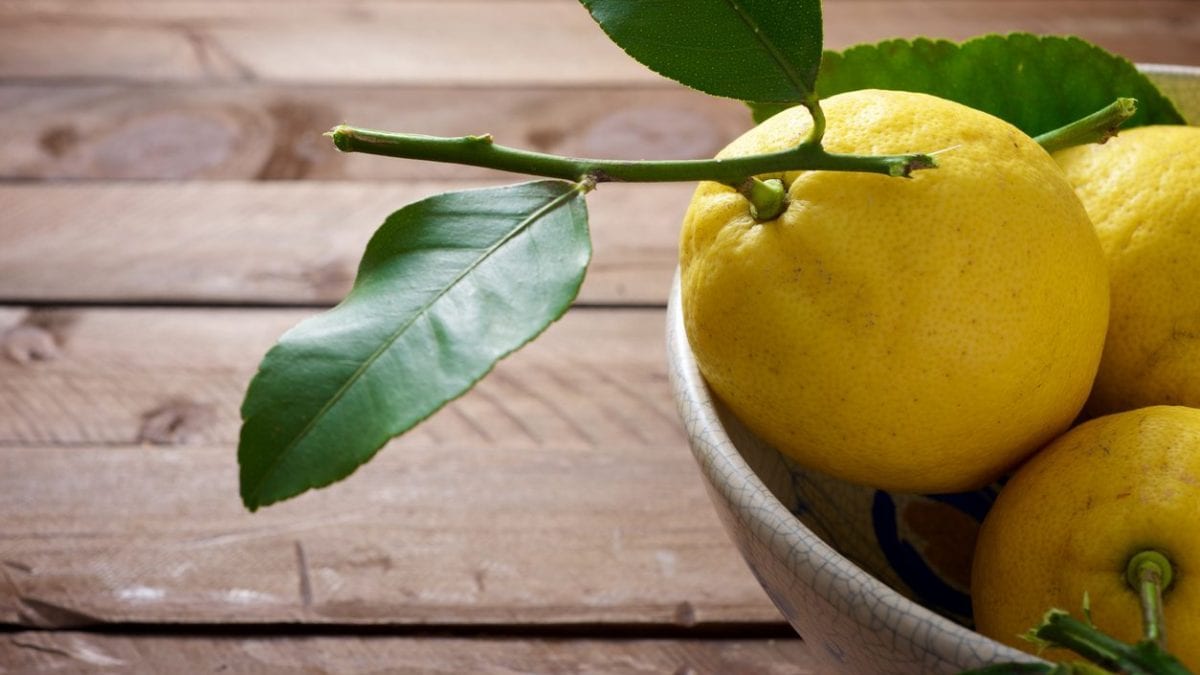
Lemons are among the most precious fruits we have: delicious and fragrant, you can use them in the most varied ways both in everyday life – they are widely used for home and body care for their multiple benefits – and in the kitchen, where they lend themselves to the most varied sweet and savory recipes. You can use practically everything about the lemon, from the precious juice to the pulp, to the peel: if it is an organic lemon, therefore free from contamination with potentially dangerous chemical products, you can even use the leaves.
You didn't know, did you? And instead, lemon leaves also have a nutritional use. They are not edible, because they have a hard and not very pleasant consistency, but inside them there is a large quantity of a particular essential oil (the same one present in the fruit) very rich in nutrients useful for the body such as vitamin C; furthermore, thanks to this oil, the leaves will strongly perfume the preparations in which you use them. Here are all the ways in which you can use lemon leaves in the kitchen, whether they are fresh, dried, whole or chopped.
1. Lemon Leaves in The Kitchen: Recipes You Can Use Them In
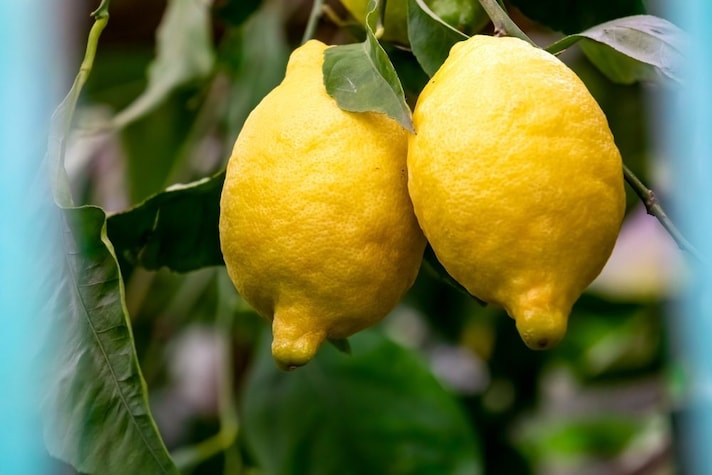
Lemon leaves are used exactly as you would use bay leaves, since they are able to add aroma and fragrance to different types of dishes in the same way: just as seasonings they are ideal for being added to soups, broths and stews, removing them before composing and serving the dishes; in the same way you can use them to flavor stews, but also roasts, potatoes or fish or any other type of food cooked in the oven. They are also excellent for wrapping meat or fish in a sort of roulade in which to contain the food during cooking, held in place with a toothpick and then proceed with cooking in a pan or in the oven: removed before bringing the food to the table, they will infuse it with a delicious citrus aftertaste. You can use the same technique for mozzarella, scamorza or other cheeses suitable for being cooked on the grill, because wrapped in lemon leaves they will take on an irresistible aroma and flavor. Fish is also excellent wrapped in lemon leaves , for example to be cooked in foil; anchovies and trout in particular go very well with their flavor.
2. Desserts With Lemon Leaves
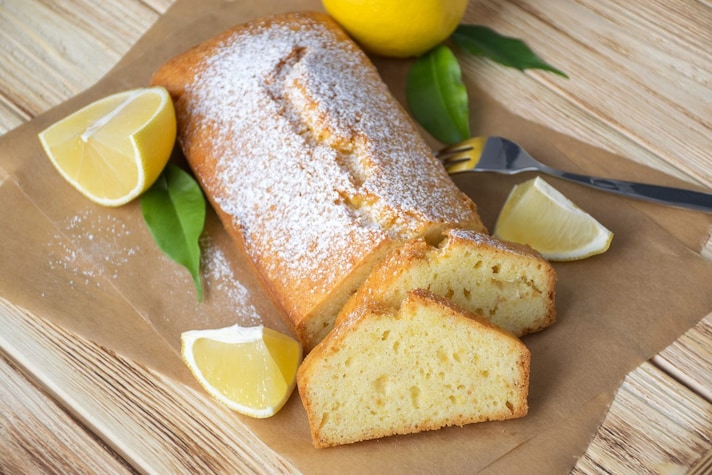
In other countries lemon leaves are also used to prepare sweet recipes. The most famous recipe of this type comes from Spain: they are paparajotes, lemon leaves covered in a batter made from white flour, yeast, eggs, milk, sugar and a pinch of salt), which are then fried and sprinkled with sugar and cinnamon. Be careful, the leaves are not edible and in fact even in this case they are not eaten but only sucked in order to eat the fried batter and infused with essential oil which, with the heat, passes from the leaf to the food. Even in Sardinia, citrus leaves are used to prepare some typical sweets, but in this case however they are not lemon leaves but pompìa, one of the rarest and strangest citrus fruits in the world.
3. Herbal Teas and Infusions With Dried Lemon Leaves
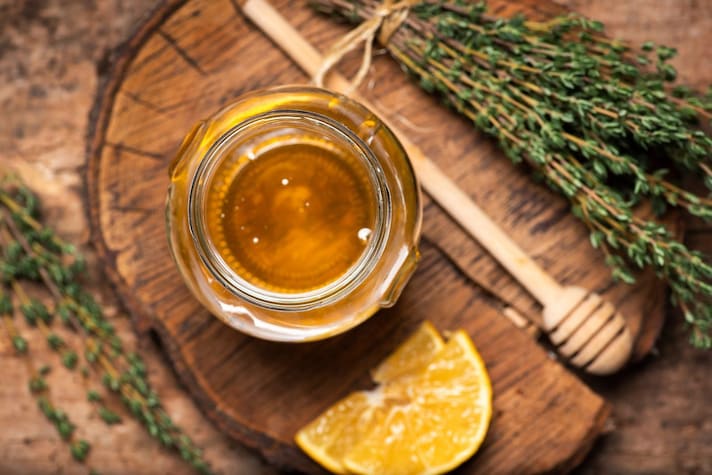
Lemon leaves can be easily dried, both naturally and with the help of the oven, and then used in infusion: just like the compounds you buy ready-made, you just need to leave 10 grams of chopped leaves (or 7/8 leaves if you decide to keep them whole) to soak in boiling water for about ten minutes, filter the liquid to eliminate the residues and then enjoy a delicious lemon drink, which can be drunk both hot and cold after letting it rest in the fridge; this infusion, thanks to the properties of lemon leaves, has excellent digestive and diuretic properties.
4. Lemon Leaf Liqueur
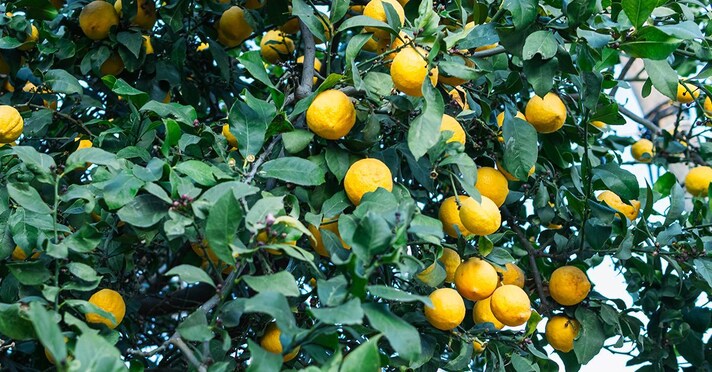
If you prefer more intense flavors and don't mind a touch of alcohol, you can use lemon leaves to prepare an excellent liqueur, an alternative to the more famous limoncello but equally pleasant and useful for digestion. Preparing it is not difficult, you have to macerate about 30 lemon leaves (well washed and dried, and as always, that they are from an organic plant) inside a jar with a lid for at least 48 hours. After the resting time, add a syrup made from 500 ml of water, 500 ml of pure alcohol and 250 grams of cane sugar dissolved in the mixture, simmering it on the stove for a few minutes. Pour it on the leaves when it is cold, let it rest for another 48 hours, then filter and bottle your lemon leaf digestive liqueur, to be drunk strictly cold.
;Resize,width=767;)
